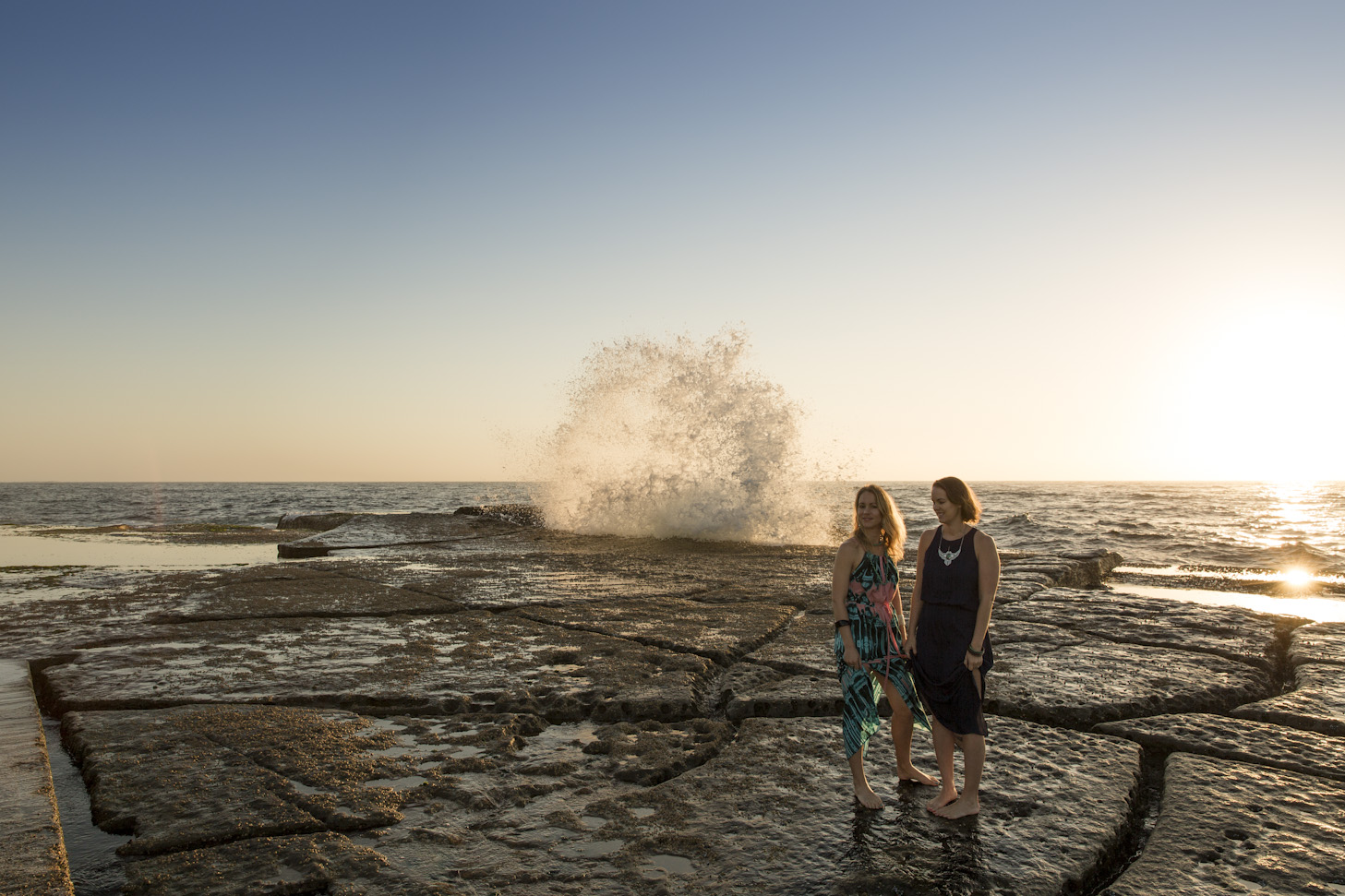 Bio-what you say?
Bio-what you say?
Biophilia I say!
I know it’s an unusual term, but bear with me beauties while I take time to explain it to those who aren’t in the know.
Biophilia – what does it mean?
The term “biophilia” literally means:
“love of life or living systems.”
It was first used by Erich Fromm to describe a psychological orientation of being attracted to all that is alive and vital. Edwards O. Wilson, a Harvard biologist, went on to use the term in the same sense when he suggests that biophilia describes:
“the connections that human beings subconsciously seek with the rest of life.”
He proposed the possibility that the deep affiliations humans have with nature are rooted in our biology. His theory suggests that human beings thrive in nature and suffer in its absence.
Biophilia – Hyphothesis
Edward O. Wilson developed this further and brought us the Biophilia Hypothesis. Wilson proposed that human beings share an intrinsic bond with other living beings. In his book, written in 1984, he describes Biophilia as:
“the urge to affiliate with other forms of life”.
This hypothesis really does help to explain a lot of ‘why’s’.
Why we delight at the sight of any type of baby (puppy, kitten, don’t get me started with a baby sloth!), why retirees tend to their gardens and their flower beds, why sunshine lifts your mood, why a heavy downpour is often a favourite and comforting sound, why heart melts when you’re given a bunch of flowers, why watching a beautiful sunset or sunrise can bring such joy and a sense of peace.
Nature and our human instincts are entwined and it has been this way from the start of time.

Biophilia & Healing
Nature helps with our mental restoration, emotional wellbeing and lowering our stress levels. In other words nature helps to heal us. I honestly don’t think any of us can deny that in some way, shape or form, we all sense a need to connect with nature.
There are examples of biophilia healing already occurring around us.
Animal therapy or animal-assisted therapy is a type of therapy which involves animals as a type of treatment. Animals used in this type of therapy include farm animals, domesticated pets, and marine mammals, such as dolphins.
Wilson’s biophilia hypothesis is based on the premise that our attachment to and interest in animals stems from a strong possibility that human survival was partly dependent on animals and their signals specific to environment indicating safety or threat. The biophilia hypothesis suggests that now, if we see animals at rest or in a peaceful state, this may signal to us safety, security and feelings of well-being. This in turn may trigger a state where personal change and healing are possible.
Building on this, is plant therapy, where by a garden space has been designed specifically to meet the physical, psychological, social and spiritual needs of the people using the garden. The most basic form is when you send flowers to people in hospital or who are unwell.
Both animal and plant therapy are commonly practiced in nursing homes, hospitals, prisons and schools, though they are by no means limited to this list. In the application of both these therapies, especially in hospitals, prisons and nursing homes, it allows people an opportunity to connect with this biophilic instinct where they would be restricted otherwise.
A Norwegian study concluded that an environment devoid in nature has a negative impact on one’s health and wellbeing. Does it not make sense that we should ensure nature is a part of our day? That workplaces & schools are encouraged to incorporate elements of nature in to their design?
Biophilia & getting amongst it!
That being said there are some simple ways to amp up biophilia in your life … here are my suggestions:
At Work:
- Have a mini Zen sand garden on your desk – it helps to reduce stress
- Get a plant for your desk, if your office doesn’t have indoor plants already
- Purchase artwork and photographs of natural scenery
- Get outside on your lunch hour or during your breaks
- Walk and talk – don’t just sit in meetings, mix it up! A simple blockie can change perspective and refresh both you and your colleague
- Go sit in a local park, people watch, read or just meditate
At Home:
- Stock up on indoor pot plants
- Buy a mini indoor aquaponics
- Get a herb garden to have on your window-sill
- Open your windows & blinds, allow fresh air to come in and take a seat & observe!
- During winter, use an open or gas fire for heat
At Play:
- Walk barefoot outside – connect with the ground!
- Garden – either your own, an allotment or take part in local gardening initiatives
- Get outside in amongst nature’s playground
– Take your dog for a walk (if you have one that is, otherwise take your mate’s!)
– Exercise – Go Hiking, Running, Walking
– Explore!
– Camp, picnic, BBQ with family, friends and loved ones - Volunteer at your local
– animal shelter
– nature / conservation project
– hospital, you can investigate cuddling premature babies who respond to body warmth - Head to the beach – get sandy, get salty and get some Vitamin D at the same time
Knowing all of this, create as many opportunities as you can to simply get outside!
It really pays off to make an effort to connect with nature each and every day and if you can’t get outside, then do what you can to bring the outside in.
Come forth into the light of things, let nature be your teacher.
—William Wordsworth



